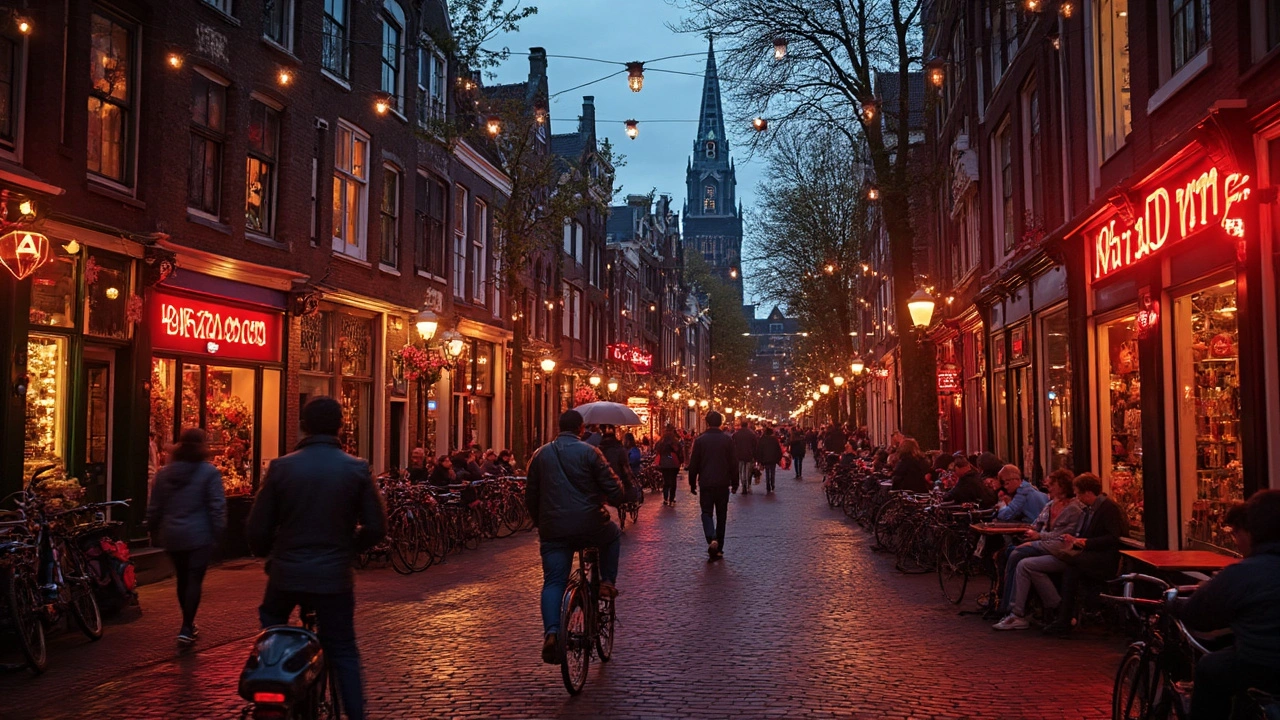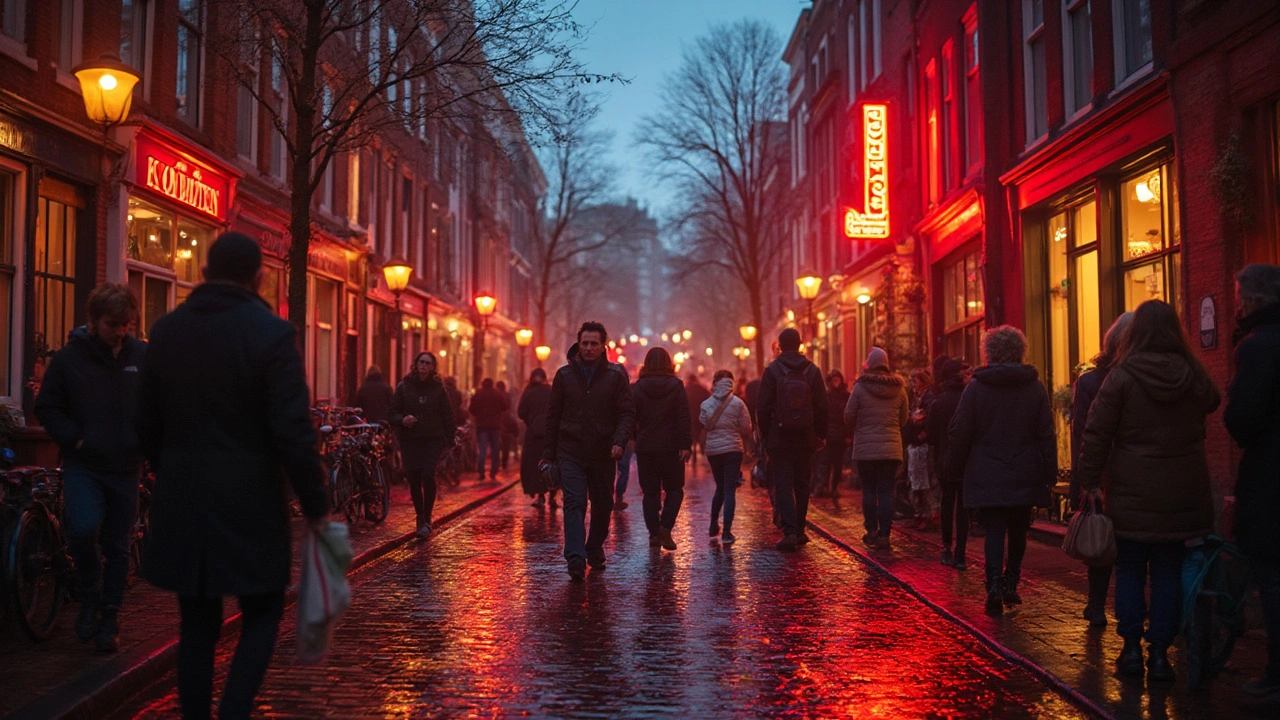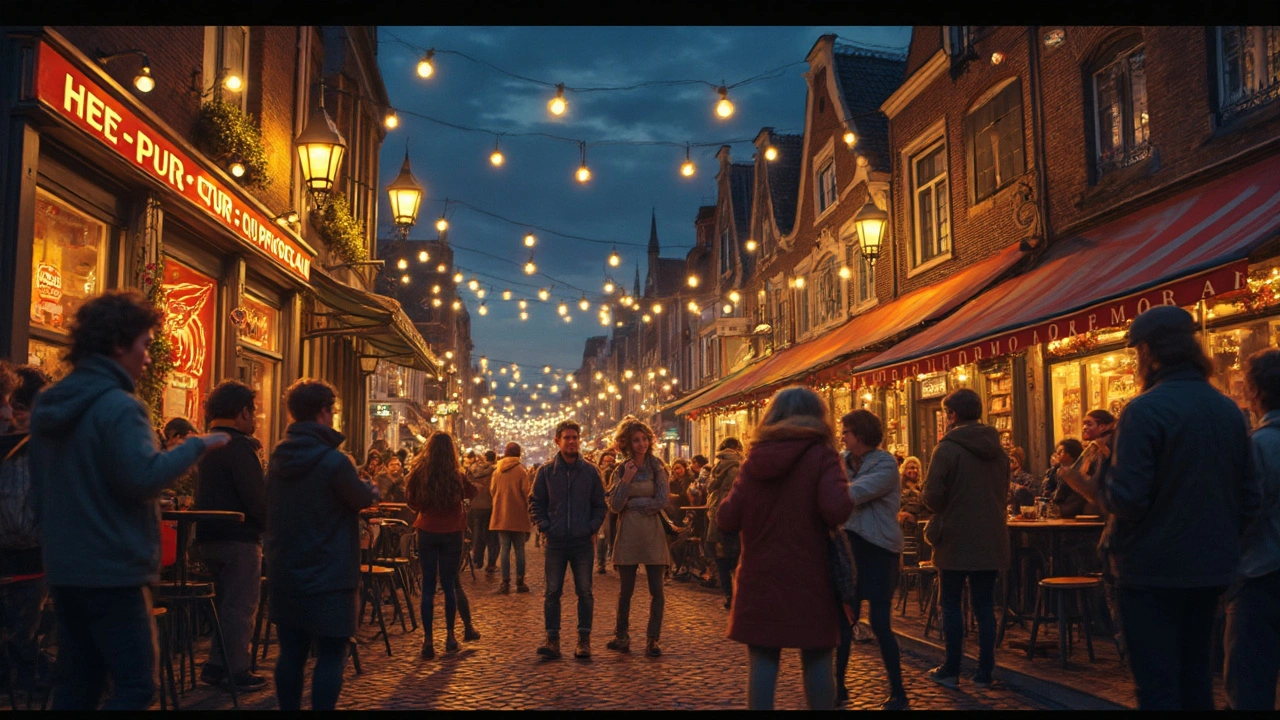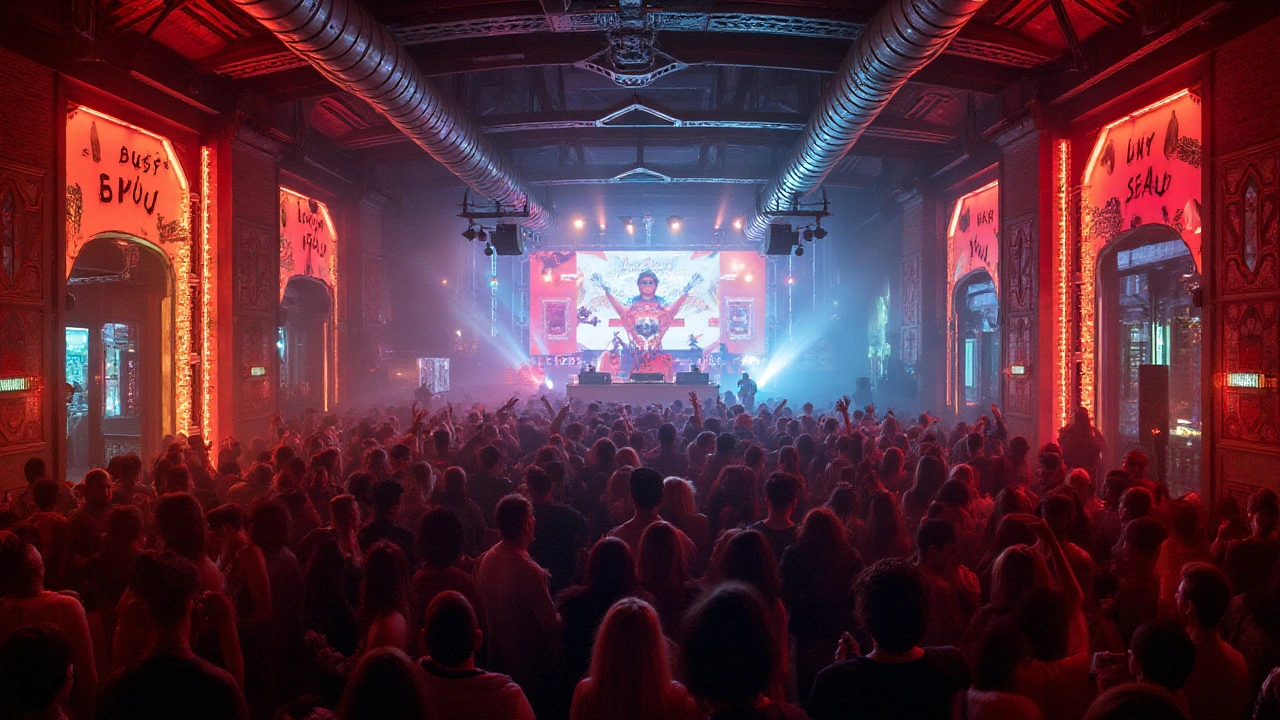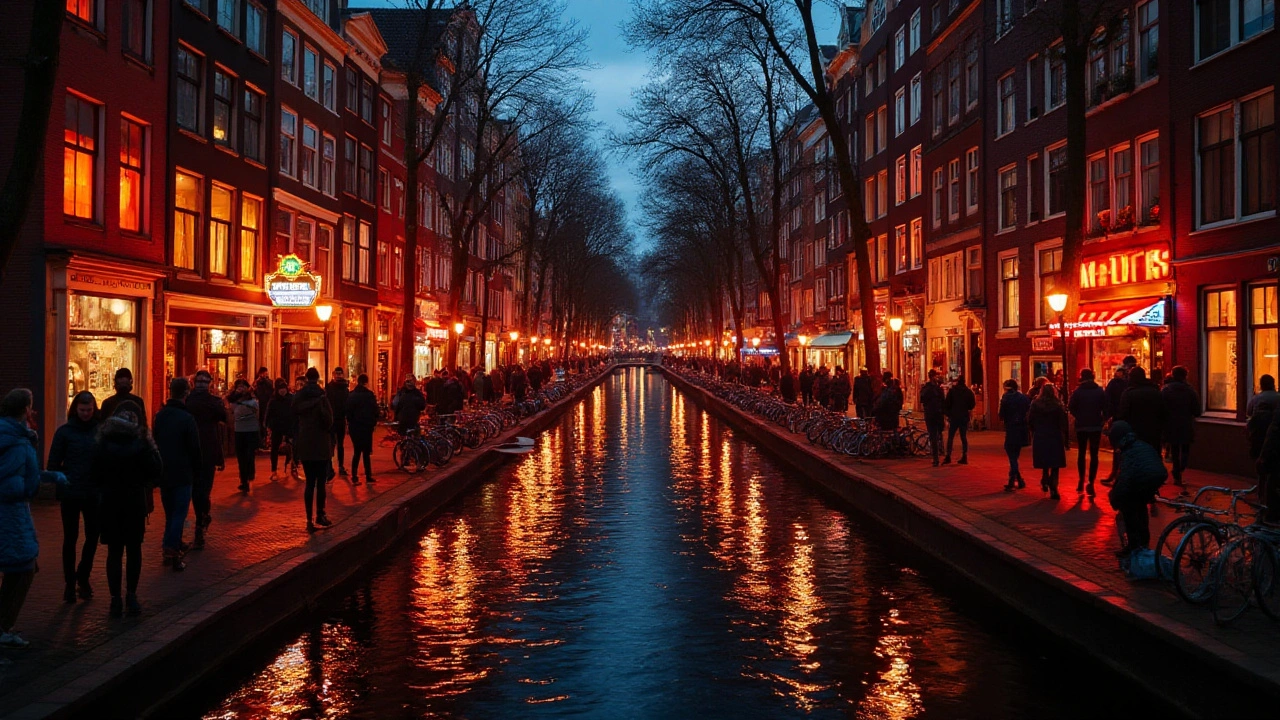
In the heart of Amsterdam, where cobblestone paths entwine with tranquil canals, lies one of the city's most internationally recognized landmarks—the Red Light District. This area, shimmered by tantalizing neon glows and whispers of promiscuous ventures, holds a multifaceted reputation that draws crowds from every corner of the globe. The Red Light District isn't merely an enclave of adult entertainment; it is also steeped in rich history, intersecting with Dutch cultural traditions, and offering a kaleidoscope of experiences that range from the deeply engaging to the provocatively controversial.
Tourists wandering these lively streets often find themselves balancing curiosity with a sense of ethical inquiry, delving into an environment where historical narratives and modern-day societal debates play in tandem. Choosing to explore this district often means embracing the unexpected, and with a scene so vividly alive, visitors need wise pointers to navigate both its pleasures and pitfalls. Through the echoes of genuine reviews, these tales of allure and critique are captured, promising a holistic understanding of such an iconic locale.
- Historical Charm and Ethical Dynamics
- Captivating Sights Beyond the Neon
- Cultural Influences and Tourist Experiences
- Navigating the District with Confidence
Historical Charm and Ethical Dynamics
Amsterdam's Red Light District, or De Wallen as it's locally known, is steeped in an enigmatic past that seamlessly fuses with its pulsating present. As one meanders through these storied passages, the architecture reveals glimpses of a bygone era when this locale was a bustling port district. The quaint gabled houses, leaning slightly due to their age, stand as silent witnesses to the socio-economic transformations that have unfolded over centuries. This vibrant tapestry of history begins to unravel stories from the Middle Ages, when Amsterdam was emerging as a prominent trading hub. It was during these periods of economic flux that the demand for recreational amusement carved the initial paths of what would eventually become the infamous district.
In this realm of historical allure, ethical questions have often danced precariously at the forefront. Debates ensue regarding the morality and legality of what some perceive as societal taboos. The Red Light District doesn't just present itself as a marketplace of the flesh, but as a battleground for ethical and human rights discussions. One can hear echoes of philosophers such as John Stuart Mill, in the consideration of personal freedom versus societal good. As Amsterdam champions a more liberal attitude, the narratives of empowerment among sex workers contrast sharply with critiques of exploitation, making it a cauldron of multifaceted opinions.
Cultural influences have deeply rooted this distinct human experience in the heart of the city, with tours walking past secretive alleyways and intriguing canals that paint a vivid virtual mural for the curious mind. This cultural openness in Amsterdam is a reflection of Dutch pragmatism—a societal philosophy of tolerance balancing individual rights with collective duty. However, not all is harmonious. Controversy rises to the surface when voices from international human rights groups raise concerns, questioning whether the seeming liberalism distracts from unresolved injustices.
"The simultaneous commitment to freedom and regulation epitomizes Dutch societal values," suggests journalist Marc van der Waal, capturing the essence of a district that embodies both liberation and debate.
Visitors often flock to the area expecting either disappointment or enchantment, yet most walk away pondering the deep complexities of what the Red Light District truly represents. While some reviews praise Amsterdam's bid to legalize and regulate sex work as forward-thinking, others argue that such measures might inadvertently disregard the nuanced needs of those at the core of this nocturnal economy. Structured legal frameworks intend to offer protection, but whether these safeguards truly address the underbelly issues remains a point of contention.
To better understand the ethical dynamics, let's look into the structured reforms instituted by the Dutch government for maintaining legality and safety within the district. Below is a simplified layout often advised by experts when discussing the features of such establishments:
| Factor | Description |
|---|---|
| Regulation | Strict licensing requirements for all establishments. |
| Health | Mandatory health checks for workers. |
| Security | 24/7 surveillance by local authorities. |
| Taxation | Operators and workers pay taxes contributing to the economy. |
This confluence of history and ethics within the Red Light District renders it not just a locale of visual allure but a rich, almost philosophical landscape waiting to be engaged with at a deeper level. The best perspective embraces both the charm and challenge, recognizing that within each aspect lies a story waiting to be told and retold in the kaleidoscope of Amsterdam's distinguished street of red.
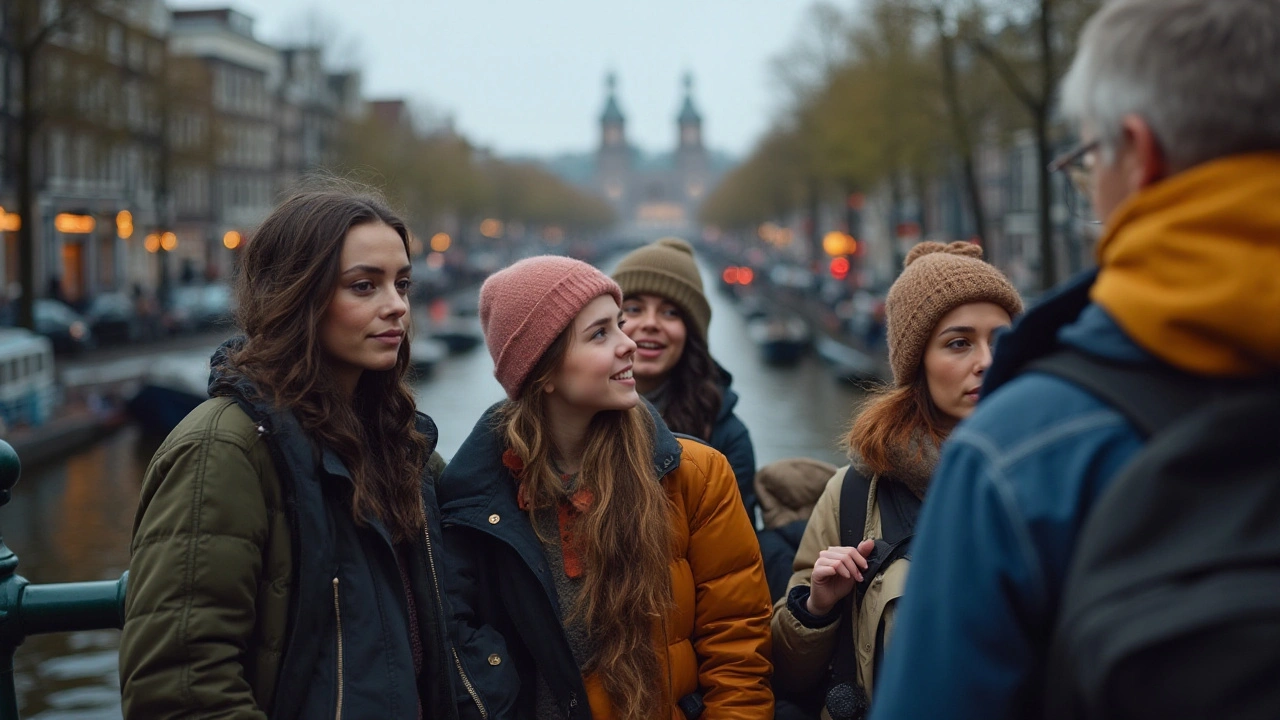
Captivating Sights Beyond the Neon
As you wander through Amsterdam's iconic Red Light District, it becomes apparent that there is much more to this area than its illustrious reputation suggests. While the surging anticipation in the vibrant glow of neon may hold much allure, beneath this facade lies a tapestry of architectural charm and cultural inclusivity that is truly captivating. The district's scenic intertwining of narrow, cobbled streets and winding canals offers a unique backdrop, echoing stories of the past with every step. These streets, veined with history, have witnessed centuries of bustling trade and multicultural fusion. Today, they stand as a testament to Amsterdam's intricate dance between the traditional and the contemporary.
In the heart of the district, the Oude Kerk, or Old Church, rises majestically, serving as a compelling reminder of Amsterdam's deep-seated history. Encased in serenity, its Gothic structure, interspersed with modern art installations, creates a fascinating juxtaposition against the district’s modern-day narrative. Visitors often find themselves immersed in this paradox, where the ethereal silence of the church's walls envelopes them, offering a poignant pause from the fervent streets outside. Encouraged by the scent of history, many find these contrasting narratives of faith and fervor intriguing.
Melding seamlessly into this historic narrative is the allure of its museums. The Red Light Secrets Museum of Prostitution invites the curious to delve deeper into the lives behind the windows, shedding light on stories that the neon merely hints at. Interactive displays and firsthand accounts add layers of understanding to the experiences of those who work here. It unveils a side that remains unseen amidst the hustle and bustle, bridging gaps in knowledge and empathy. Stepping into these institutions feels akin to unearthing the district’s best-kept secrets—a truly enlightening endeavor.
A stroll through the district would be amiss without sampling the array of local delights it offers. Tantalizing aromas waft through the air from the traditional Dutch pancake houses and quaint cafes. Here, the culinary landscape is as diverse as the city's history itself. Indulging in a piping hot stroopwafel or savoring a rich, aromatic koffie becomes an exploration of Dutch culinary traditions, serving as a microcosmic sample of Amsterdam’s wider gastronomic scene. It’s here where culture and indulgence intersect, offering reprieve from the endless exploration.
Beyond the confines of its reputation, the Red Light District reveals itself as a vibrant, multifaceted tapestry, enmeshed with history and modernity. For many, the true appeal lies in these hidden depths. As travel writer Rick Steves once observed, "The Red Light District is not only a place of revelations but a sensory feast; its layered beauty unfolds quietly, for those eager to look beyond." Through every twist of its charming pathways exists an opportunity for new discoveries, awaiting those keen to scratch beneath the surface.
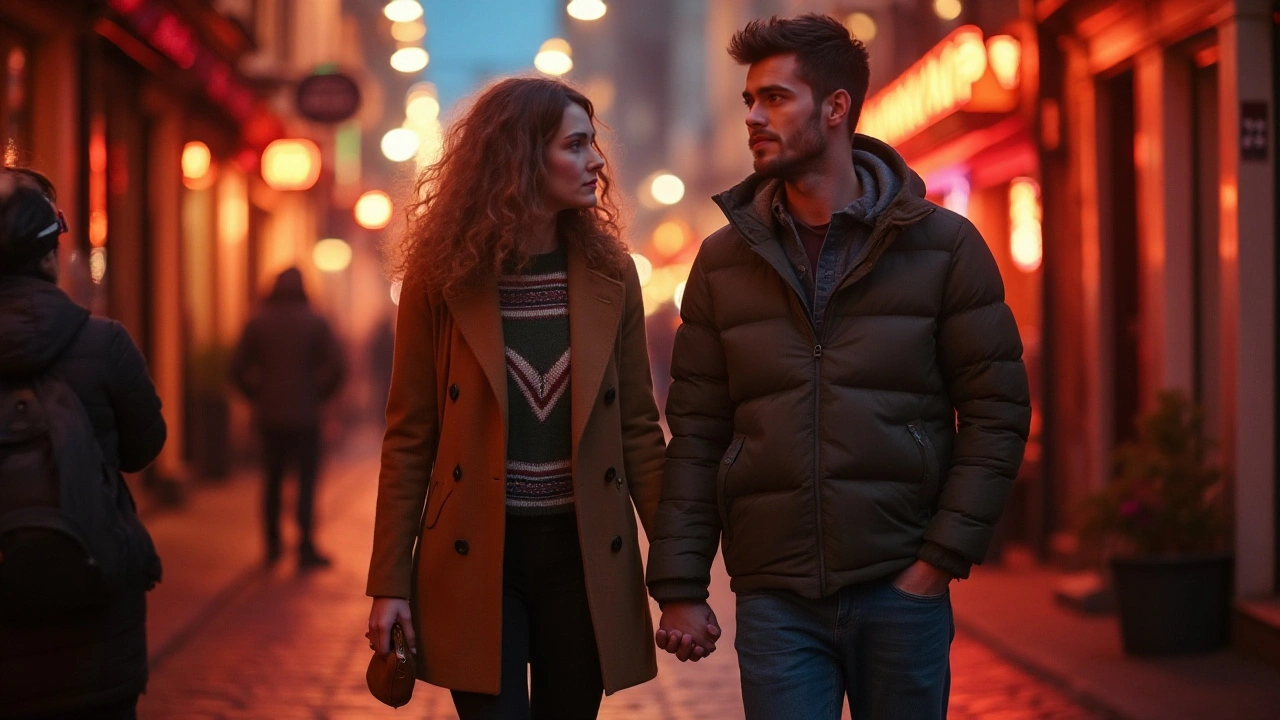
Cultural Influences and Tourist Experiences
The Red Light District of Amsterdam does more than just dazzle with its neon charm; it thrives as an emblem of the Dutch spirit of liberalism and pragmatism, morphing through centuries as a bastion of cultural evolution. Here, the intrinsic Dutch elements—embraced by its society's forward-thinking ethos—dance in the very fabric of its cobblestones and canals. The district serves as a testament to the Netherlands' historical acceptance of diverse social behaviors, initiated in the 16th century, when Amsterdam was a beacon of trade and cultural exchange. The city's permissive attitude towards consumption and vices is partly due to this historical confluence of ideas, establishing a unique social environment where norms are continually reassessed.
Tourists meandering through these storied lanes are often mesmerized by the district's uncanny ability to blend the past with the pulsating now. One might witness how buildings from the 14th century stand resiliently amidst the cosmopolitan buzz, edging visitors to pause and reflect on the evolving societal palette that shapes Amsterdam. Echoes of the city's Golden Age are vividly painted across the landscape, where motifs of maritime prosperity and artwork detailing the exploration of human sensuality reside in harmony with the current vivid spectacle. The aromatic tendrils from cafes interlace with laughter spilling from the windows of world-famous establishments, where performers share their stories in settings both intimate and grand.
For those eager to fully embrace the Red Light District's cultural offerings, guided tours provide an indispensable exploration into authentic narratives. Knowledgeable guides unravel lesser-known anecdotes while crisscrossing through corridors pulsing with life and light, offering pragmatic insights into an environment many perceive as exotic. This cultural kaleidoscope often features stops in iconic museums like the Erotic Museum, exploring the tantalizing interface between art and human sexuality—an engagement that provokes curious minds and echoes desires newly kindled. A local historian once elucidated, "The Red Light District is a mirror of Amsterdam's soul—a delicate balance of tradition, freedom, and an ever-evolving social fabric."
While journeying through this district, the sensory experiences extend beyond the visual allure. Architecture, evocative and storied, rubs shoulders with the ephemeral crafts of scents and tastes. Eateries line the canals, offering a chance to savor local delights such as herring and bitterballen, tantalizing taste buds as they evoke distant family kitchens of Dutch grandmothers. Meanwhile, live performances at venues like Casa Rosso invite revelers into entirely new realms, where artistry and sensual expression intertwine. These sensual experiences are not just fleeting indulgences; they resonate with cultural heritage and the ongoing narrative of human expression.
Despite the district's vibrant and diverse offerings, tourists exhibit individualized responses to its complexities. Misconceptions often arise due to a lack of understanding, where cultural symbols are interpreted through foreign lenses. To nourish an authentic appreciation, it's paramount to approach interactions with locals with curiosity and respect, dismantling preconceived notions. Whether engaging in storied conversations in dimly lit cafes or participating in traditional Dutch events held amidst the district's historic setting, every interaction adds another layer to the profound tapestry that is the Red Light District.
Amsterdam Red Light District remains a multifaceted gem in the heart of the city, awaiting those who wish to discover its stories through a lens of cultural understanding and genuine openness.
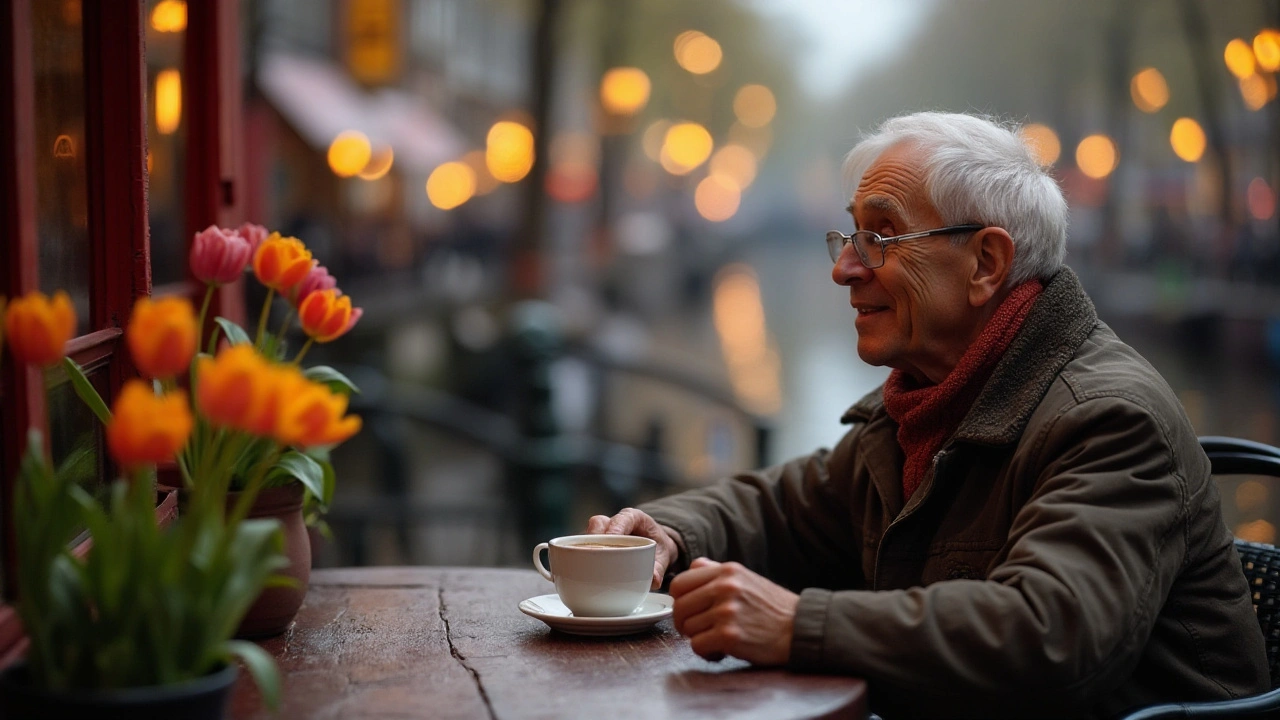
Navigating the District with Confidence
Stepping into the Amsterdam Red Light District can feel like entering a foreign land pulsing with life, curiosity, and a touch of trepidation. The district's allure is intricately tied to both its storied past and its present-day forms of expression. To traverse this realm effectively, a blend of awareness and confidence is essential. With an abundance of tantalizing sights and longstanding traditions, understanding the neighborhood's intricate layout and unwritten codes can transform an ordinary visit into an enlightening experience.
Begin your adventure by orienting yourself with its major landmarks. A stroll along the canal-side paths showcases not only the illuminated windows but also the area’s more subdued attractions like Oude Kerk, a medieval church that stands as a counterpoint to the hedonistic surroundings. When one contemplates how art and rebellion have historically converged in this space, the journey through becomes one of reflective discovery, where each corner tells a tale of bygone eras and current liberties.
Embracing Local Etiquette
Respect plays a crucial role in navigating the Red Light District with ease. As engrossing as the sights may be, it is vital to remember the district is more than just an entertainment venue—it is a working environment for many. Photography of workers is prohibited, a fact often emphasized by the diligent eyes set behind the ruby-tinted windows. Yet, there lies an art in communication, a non-verbal dance of glances and gestures that supports the dynamism of this district. A friendly nod or a polite smile often garners a reciprocal acknowledgment of mutual respect. "The secret of getting ahead is getting started," a local guide once quoted Mark Twain, implying the significance of immersing with genuine interest.
Cultural Sensitivity and Awareness
The Red Light District is interwoven with Amsterdam's broader culture, which places a premium on liberal values and personal freedoms. This cultural backdrop invites visitors to engage with the district not only as a center of indulgence but also as a testament to Dutch pragmatism and tolerance. Compelling cafes and art workshops pepper the district’s periphery, offering immersive experiences that complement the more daring ventures. Embrace these cultural nuances, as they render the journey more enriching and holistic.
For those seeking structured guidance, organized tours provide both insights and camaraderie. Many hosts are seasoned historians or locals who share captivating anecdotes of a vibrant past interlaced with modern-day reflections. These narratives allow one to sip on the essence of Amsterdam, glass-in-hand, while soaking up the vibrant atmosphere. Remember, the Amsterdam Red Light District is a place where every visitor carves out a personal narrative amidst the collective glow.

